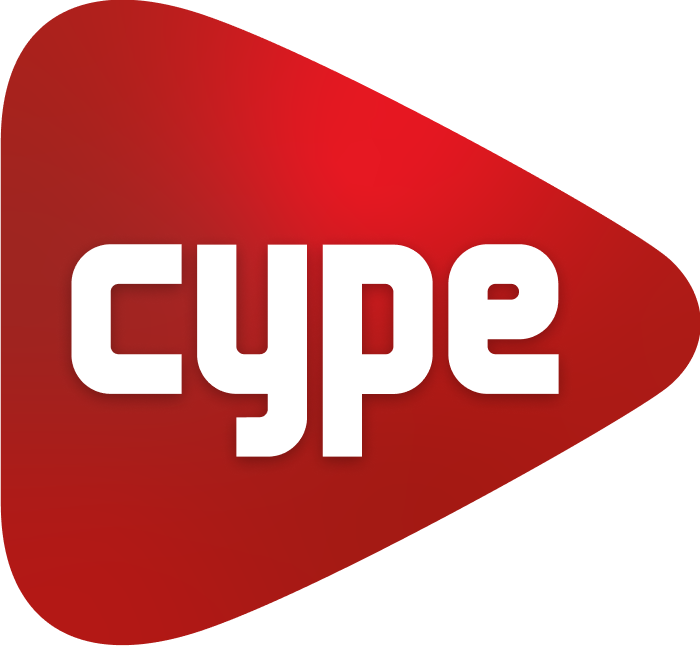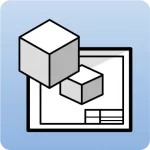Videos

- Video gallery
- TUTORIEL : Code QR d'un projet BIM dans Open BIM Layout
TUTORIEL : Code QR d'un projet BIM dans Open BIM Layout
More information:
Découvrez comment il est facile d'insérer un code QR dans les plans d'un projet avec Open BIM Layout pour accéder directement au modèle BIM.
Étape 1 : accédez à la plateforme BIMserver.center pour obtenir le code QR de votre projet.
Pour ce faire, choisissez un de vos projets et, à partir de la visionneuse 3D, cliquez sur ‘Partager’, à droite de l'écran, pour générer et enregistrer le code QR.
Étape 2 : une fois le code QR obtenu, ouvrez Open BIM Layout et insérez-le dans la ‘Bibliothèque de fichiers importés’.
Étape 3 : intégrez-le dans votre plan et ajustez l'échelle si nécessaire.
Et voilà ! Il suffit maintenant de scanner le code QR pour visualiser instantanément le modèle BIM de votre projet.
Étape 1 : accédez à la plateforme BIMserver.center pour obtenir le code QR de votre projet.
Pour ce faire, choisissez un de vos projets et, à partir de la visionneuse 3D, cliquez sur ‘Partager’, à droite de l'écran, pour générer et enregistrer le code QR.
Étape 2 : une fois le code QR obtenu, ouvrez Open BIM Layout et insérez-le dans la ‘Bibliothèque de fichiers importés’.
Étape 3 : intégrez-le dans votre plan et ajustez l'échelle si nécessaire.
Et voilà ! Il suffit maintenant de scanner le code QR pour visualiser instantanément le modèle BIM de votre projet.


